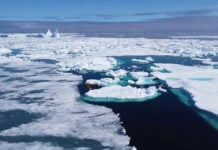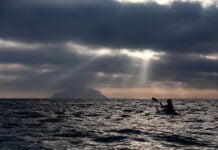“If I were to paddle with a carbon fiber blade I think I’d develop a palsy,” Ray Mears tells me as he carefully axes another chuck from a six-foot tall cedar board.
We’re camped by the shore along the southern edge of Wabakimi Provincial Park’s sprawling 3,440 square miles of boreal forest in northwestern Ontario. There’s drizzle in the chill September air. I’m hunched under a forest green sil-nylon tarp watching the almost lost art of carving using only axe and crooked knife come alive before me.
Thunk.
“I want a wooden paddle because it’s not perfect,” continues Mears, surrounded by increasingly large pile of wood chips. “The grain will lift when it gets wet, and one day I will have to throw it away.” Thunk. Thunk. “But when that time comes, I can throw it back into the forest, where it came from and nature will reclaim it without any further intervention from me. The canoe leaves no trace and neither does the paddle if it’s made of wood.”
He stops to consider the shape he’s made—what was a section of tree just an hour ago has been transformed in his skilled hands. I can see the shape of the blade Mears will use to paddle out of here.
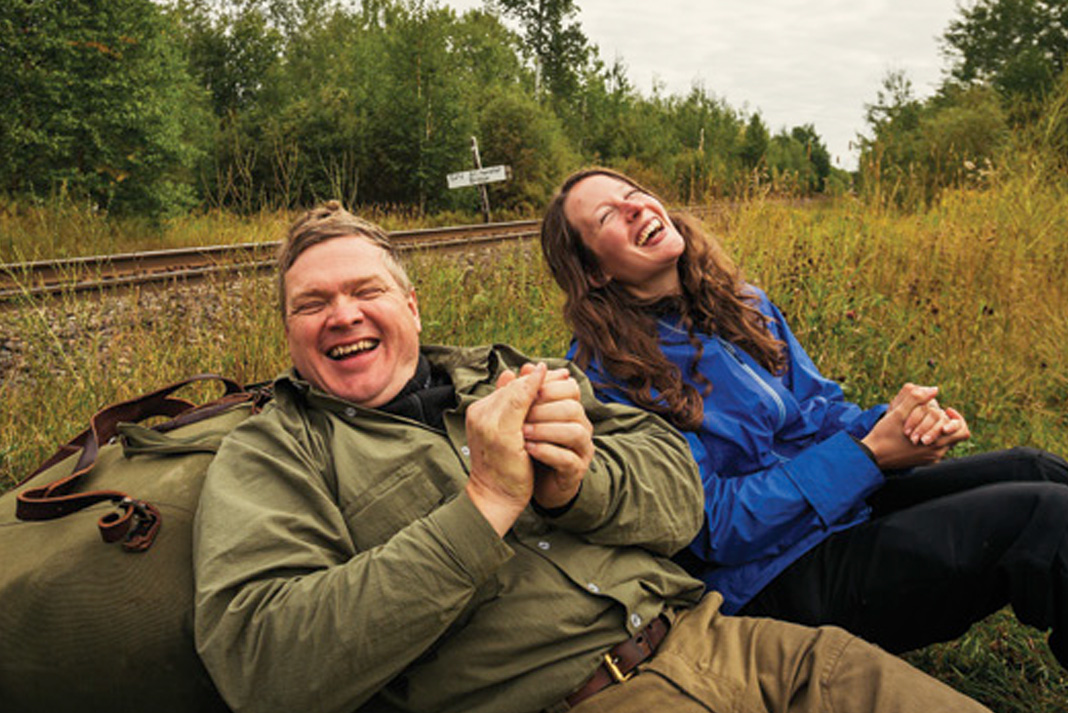
One week in Wabakimi’s boreal forest with Ray Mears
More well known than Survivorman, and far more reputable than Bear Grylls, Mears is celebrity and bushcraft master rolled in one. For seven days we’ll be paddling through Wabakimi Provincial Park—a canoeist’s paradise and one the largest Boreal forest preserves in the world. The park has more than 2,000 kilometers of lake and river routes, which are made sweeter by being accessible only via canoe, float plane or train.
In addition to the world’s foremost bushcraft expert, I’m traveling with Wabakimi Outfitters’ owner Bruce Hyer, who helped created the park in 1983, his son and trip guide Michael, famed canoeist Becky Mason, and a few media types.
Mears is here as part of a deal to promote the park in the U.K. and as recon for a future trip, but I’m here with a question on my mind. As modern life becomes increasingly disconnected from wild spaces and wilderness gear becomes ever-more high tech, what place does bushcraft have in the twenty-first century?
I decide not to ask this question on the first day.
“Bushcraft is a joy.”
Forever clad in New Zealand-made Swazi clothing and under the brim of his ubiquitous Tilley hat, 50-year-old Mears exudes a boyish enthusiasm. “Bushcraft is a joy,” he tells me multiple times—and he means it.
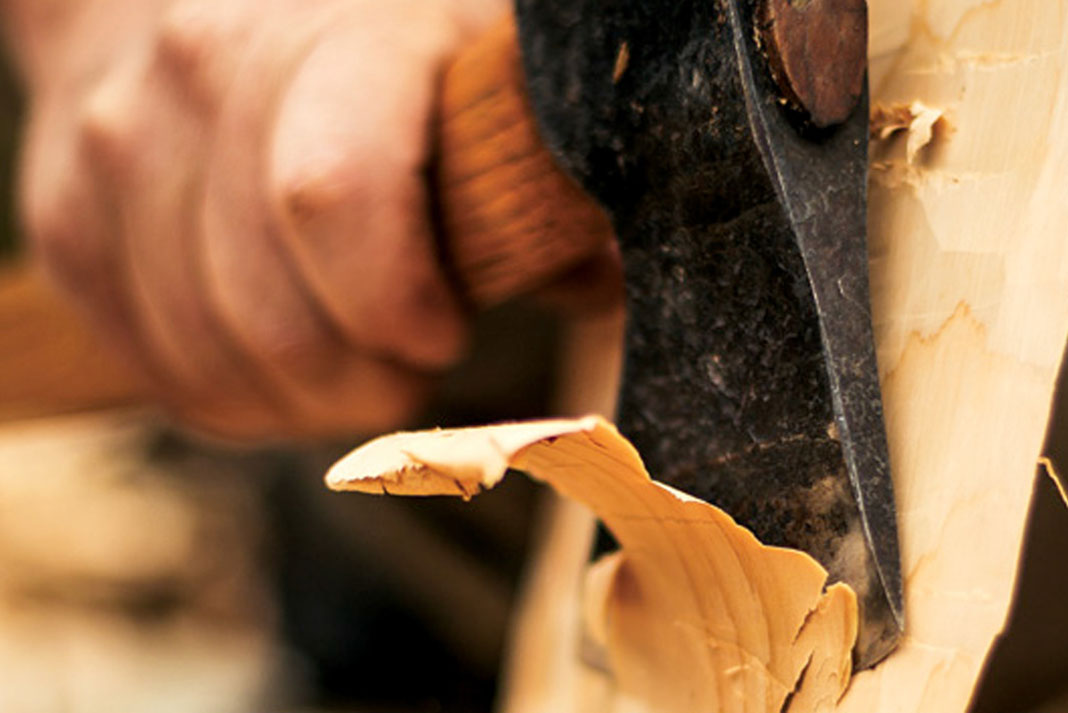
His is a household name in the U.K., famous for sharing the love of his craft on BBC shows such as Ray Mears’ Bushcraft Survival and Ray Mears Goes Walkabout. When he’s not working on a television project, Mears runs wilderness skills courses through his school, Woodlore.
“At its core, bushcraft is a love and understanding of nature,” says Mears. “It’s a knowledge that enables you to travel safely, and to rely on nature to some extent for your safety and welfare.” It is not just rubbing two sticks together to make fire; it’s the familiarity with the resources your environment offers so you can live comfortably.
Despite being thousands of kilometers from home, Mears is at ease in the Boreal forest.
Local flora and fauna are referred to fondly. His knowledge of the landscape is intimate, whether he’s turning an alder branch into a toothbrush, or describing the uses of birch polypore—good for making a bandage and dried it settles the stomach, I learn.
In conversation, Mears downplays his most tabloid-worthy tales—assisting U.K. police in tracking killer Raoul Moat, and helping the wounded after a helicopter crash. But on the subject of the wilderness, and especially canoe tripping, he opens up.
“The canoe epitomizes bushcraft—it is knowledge combined with natural resources that enables us to float on water. It’s a miracle really,” he says. Mears has made two birch bark canoes. “I don’t see canoeing as a sport, it’s a way of life, it’s something more. When you come to remote places, it has a cleansing effect spiritually.”
“At its core, bushcraft is a love and understanding of nature.”
Into the Wabakimi wilderness
Our bush flight entry into the park reveals 360 degrees of near pristine wilderness. Jack pine, black spruce and water everywhere. We’re dropped at a remote fishing cabin under a blue sky and set off into the wind to find our first campsite with gear loaded into our four canoes.
Despite volunteer efforts, Wabakimi remains a mostly unserviced park. Its campsites and portages are unmarked and unmaintained. It’s not uncommon to reach a map-marked site or portage and find it strewn with blow down.
We luck out today, however. After a speedy setup at our first site—I’m thrilled to be bunking with Becky Mason—we gather around to watch Mears erect a hearth with a Voyageur-style tripod and start fire with flint and steel. Later we enjoy a delicious demonstration in making bannock using hand-carved utensils.
Mears’ camp kit is a hybrid of old and new. Wooden utensils nestle in well-used canvas canoe packs, next to a modern Hilleberg tent and lightweight tarp. Though he adopts new technology where he feels it’s appropriate, “The old way is the better way” will be a common phrase throughout the trip.
Perhaps it’s because he’s not leading this trip—the Hyers are officially our guides—but Mears is pretty laid back except on one subject. Don’t call what he does survival.
“I don’t like that term. It makes me think of people who stockpile tins of beans and toilet paper in case the world ends,” he says. The fire crackles and gentle waves lap the rocky shore beside us. “What we’re doing out here isn’t survival, this is a joy.”
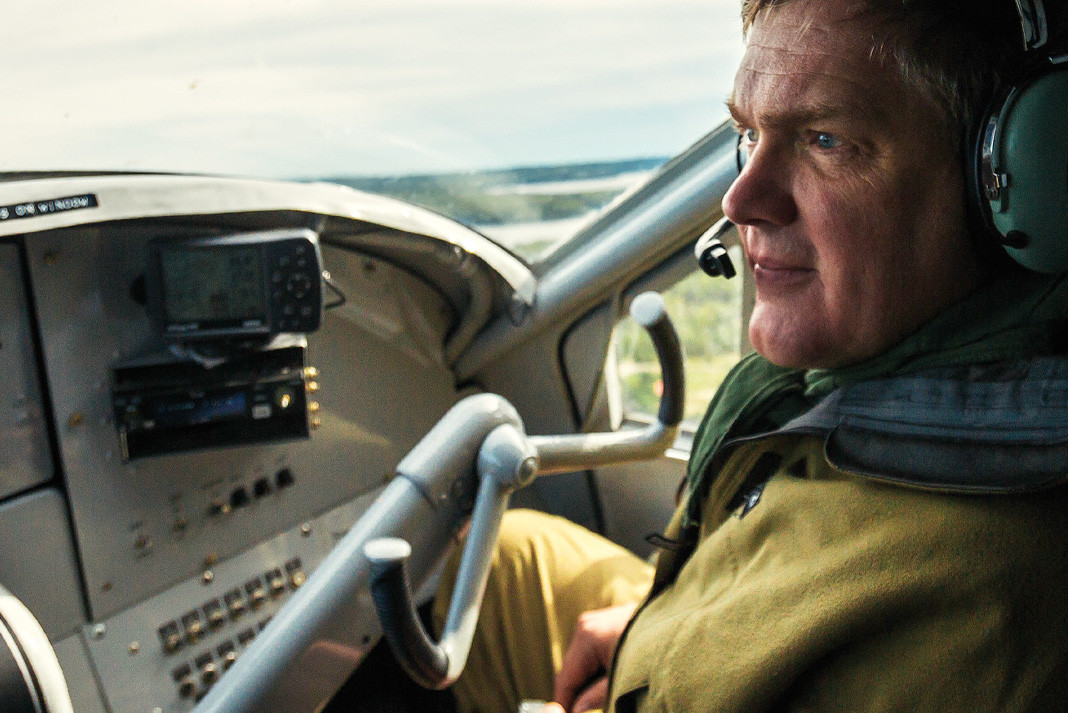
While we explore the area by canoe, our group gets to know each other. I discover Mears has a soft spot for Cohen brothers movies and the ‘80s Brit comedy show, Blackadder. Though he says he’s not afraid of any animal, he admits a deep respect for crocodiles over four meters long (“That’s one animal I have very serious views on,” he says). His real fear is industry destroying wilderness spaces for short-term gains.
Mears’ encyclopedic memory and impromptu historic tale-telling delight our group. Whether describing Samuel Hearne’s travels to the Arctic—complete with dates and source references—or Grey Owl’s environmentalism, his tales often end with the phrase, “It was absolutely fantastic.” Fascinated by his storytelling as much as the stories themselves, we can’t help but agree.
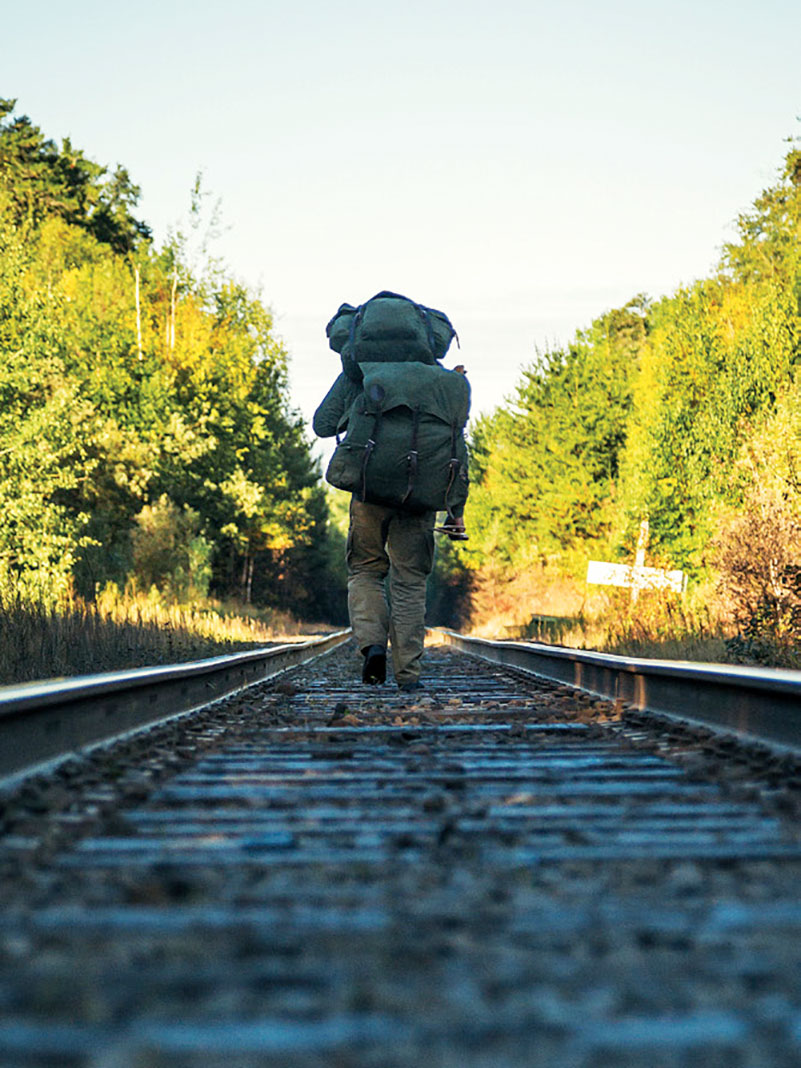
Hitching a ride on the rails
A frosty morning a few days later finds us waiting near the Allenwater Bridge on the CN rail line. The tracks cut a corridor through Wabakimi and across the nation. The occasional freighter screams by while we wait for the VIA Rail passenger service. I wonder if it will really stop in the middle of the forest at mile marker 54 to pick us up with all our gear. This is the train that will take us back to the village of Armstrong Station (population: 220) where we’ll re-supply before leaving on the next leg of our journey.
Our group wanders up and down the tracks as we wait. I see how far I can walk balancing on a single rail, Mason naps in a Prospector and our young guide Michael picks a bluesy riff on his guitar. I show the group how to mimic the mournful cry of the common loon and there’s much huffing and puffing into cupped palms. I’m excited to have found the one thing I can teach Mears.
When our train rumbles to a halt, we load canoes and packs in a freight car with the help of a few burly train hands. A young woman in a business suit jumps down from the passenger car, planting her sensible leather shoes amongst a sea of camera bags, Gore-Tex and fleece. “Tickets, please,” she trills.
Next thing I know, I’m sitting with a beer in hand in the observation car, Boreal forest whipping by at 80 kilometers an hour, thinking I’ve certainly never ended a canoe trip like this before.
Down south to the Kopka River
Our return to civilization is brief. We resupply, and within a day, we’re back in the air, this time spiraling down towards the deep, dark water on the Kopka River system, located along Wabakimi’s southern border.
On this route, large open lakes meet shallow narrows. Paddling with Mason in a Prospector, we scout and run everything. I resist my impulse to turn around and watch her graceful stokes.
Mears—never short for words—sums up Mason’s ability succinctly. “Becky,” he tells her, “when it comes to canoe strokes, you write the alphabet while the rest of us are mere journalists.”
I’m definitely cramping her style.
Mears met Mason while filming a documentary and later had her teach his wife to paddle. Mears and Mason speak with a reverential respect about each other.
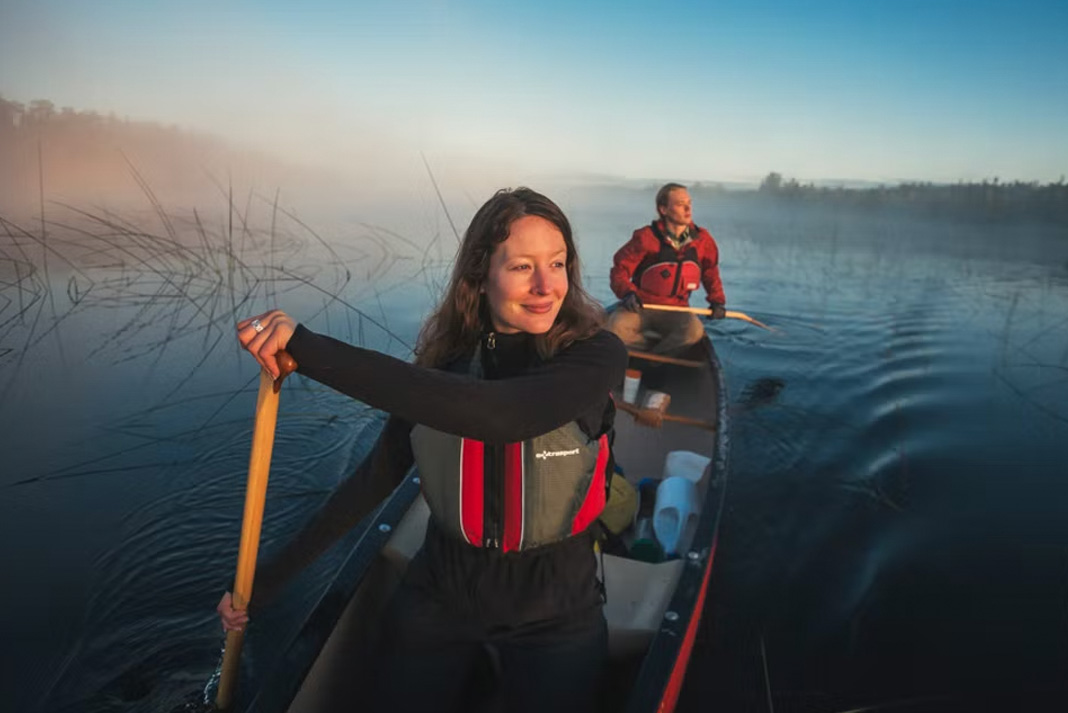
“She always knows how to make herself comfortable in any situation,” Mears adds a short while later. I turn around to find Mason perched on a rock in the pouring rain, cozily clad in layers and rain gear, happily eating her oatmeal.
A few days later Mears is demonstrating how to make a paddle with only axe and crooked knife under a steely sky. I’m explaining pop culture’s current zombie obsession, putting into context several years of off-the-wall questions from the press.
As he gets to work shaping the shaft with the crooked knife, I finally ask him what I’ve been pondering for days: is bushcraft still relevant? He offers a very practical example for wilderness trippers.
“I have a GPS with me, but the first thing that goes into my pocket is my compass. And before that is the knowledge of the environment,” says Mears. “When you can understand a map and compass you can understand the value of a GPS. But if you start with a GPS you are half blind.”
Of course, I agree, navigation skills seem like the foundation for any wilderness adventure. Maybe my question is more abstract—are we losing anything when we don’t use bushcraft?
“The wilderness is a place where you become insightful and alert to nuances in the world. You learn to trust your inner voice and that’s something that very few of us have an opportunity to do today,” says Mears.
While Mears’ connection to the land may seem like magic to me, he in turn admires the connection the First Nations have. “This is their place, they know it in a way we never will,” he says. Though Wabakimi looks untraveled, the rich cultural heritage here of the Anishinabe people is thousands of years old.
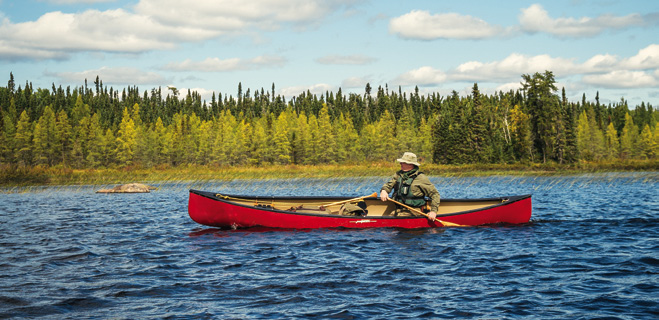
Mears has traveled around the world to learn traditional skills from First Nations elders and speaks sadly about the old ways dying with each generation.
“Once that knowledge is lost, an interface with the landscape is lost,” he adds.
For indigenous groups, the consequences of losing traditional skills and ways of life can be catastrophic. “Part of their magic is their connection to their landscape,” he says.
But does the loss of bushcraft knowledge affect the average city-dwelling canoe tripper?
“It means we fear where we needn’t have to,” says Mears. Lost or broken gear can either be an emergency or an adventure.
“Becky,” Ray tells her, “when it comes to canoe strokes, you write the alphabet while the rest of us are mere journalists.”
We meet a pickup truck along a skinny gravel swath that carves through the Boreal just outside of Wabakimi’s reach. Saplings stretch into the road seeking sunlight, making it feel like the forest is quickly reclaiming this brief human diversion.
A few in our group jump into the bed of the pickup and the rest of us squish into the cabin. We’re sardined four abreast in the back seat when Mears confides in a posh British accent, “Well, I’m rather more used to traveling in first class.” His chuckle means he’s joking, I think.
Our return to the world of 24-hour news networks stirs political conversation, a newspaper is brought out, and iPhones chirp and sing.
We reluctantly catch up on bad news we were privileged enough to forget for a week. Technology already chips away at the peace the forest has cultivated. Bouncing around on that gravel road, something Mears said earlier in the trip comes back to me.
“We’re all on this planet on a journey through the universe together. Whatever our differences, we need to work together to take care of it,” he warned. “Of course, I don’t push that view. Once people start to learn the skills, nature does the rest.”
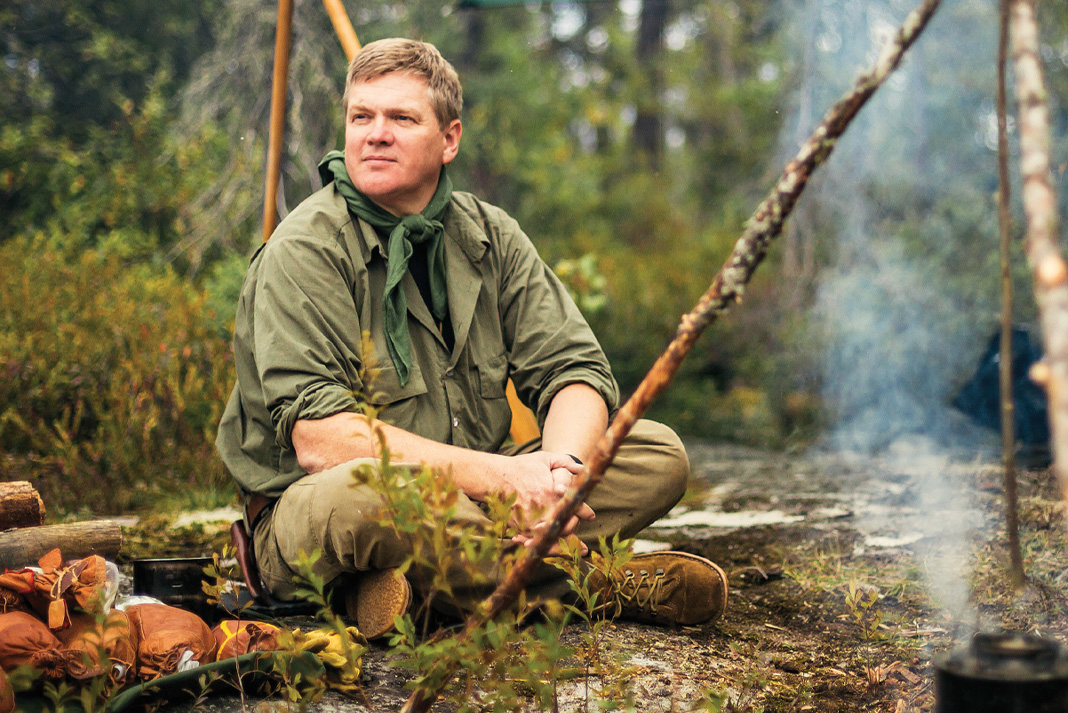
If you go to Wabakimi
In the vast Wabakimi interior trip possibilities are endless. Contact Wabakimi Wilderness Outfitters for trip planning advice. Wildlife enthusiasts may be delighted with sightings of moose, woodland caribou, bears and wolves, while bird watchers will find raven, grey jay, osprey, bald eagle and loons. Historians will be fascinated by the enduring legacy of the local First Nations.
Trip launching point, Armstrong Station, is three hours by car north of Thunder Bay. Those coming from the United States can expect several hours of beautiful scenery traveling from Minnesota. For a more direct route, Thunder Bay is a short 90-minute flight from travel hub Toronto.
“The wilderness is a place where you become insightful and alert to nuances in the world,” says Ray Mears. | Feature photo: Goh Iromoto/Ontario Tourism



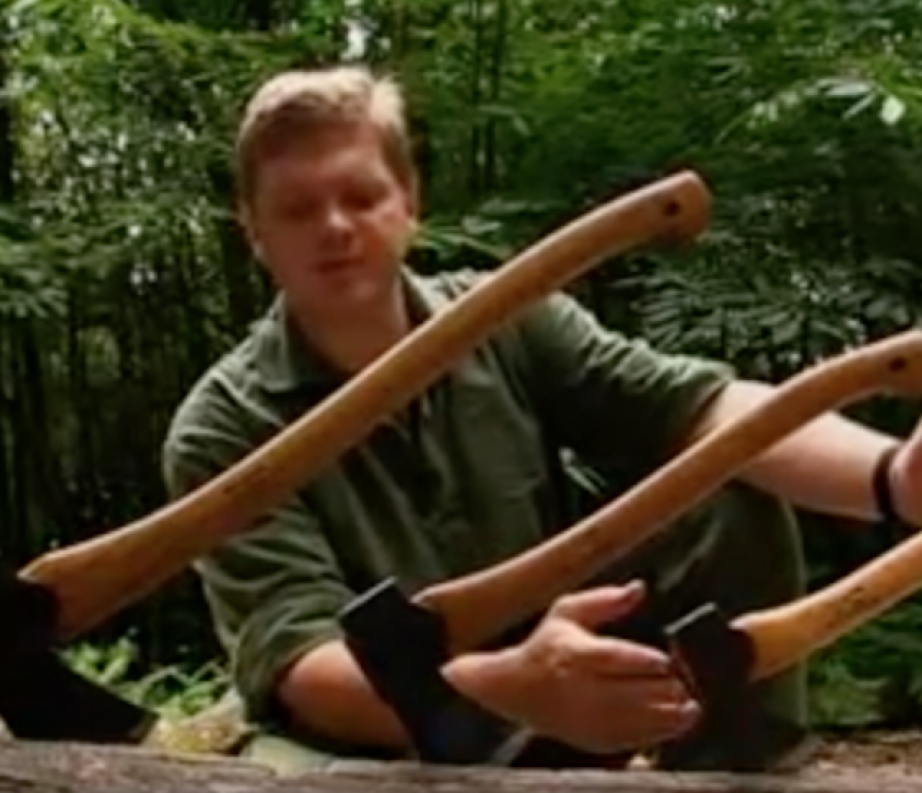
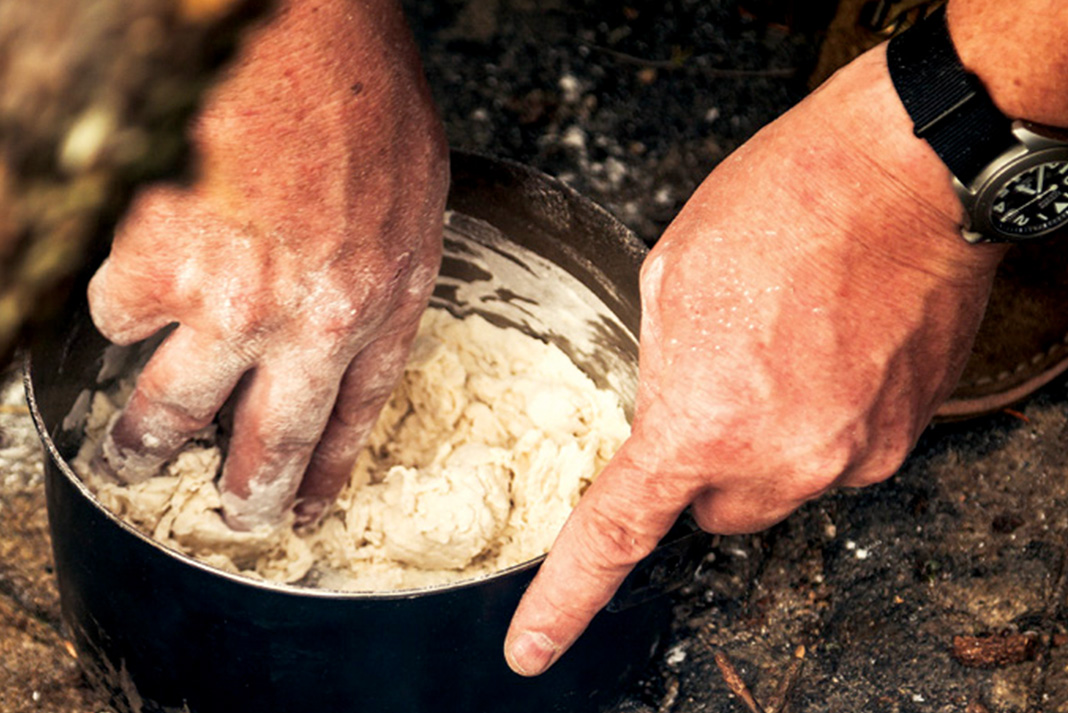
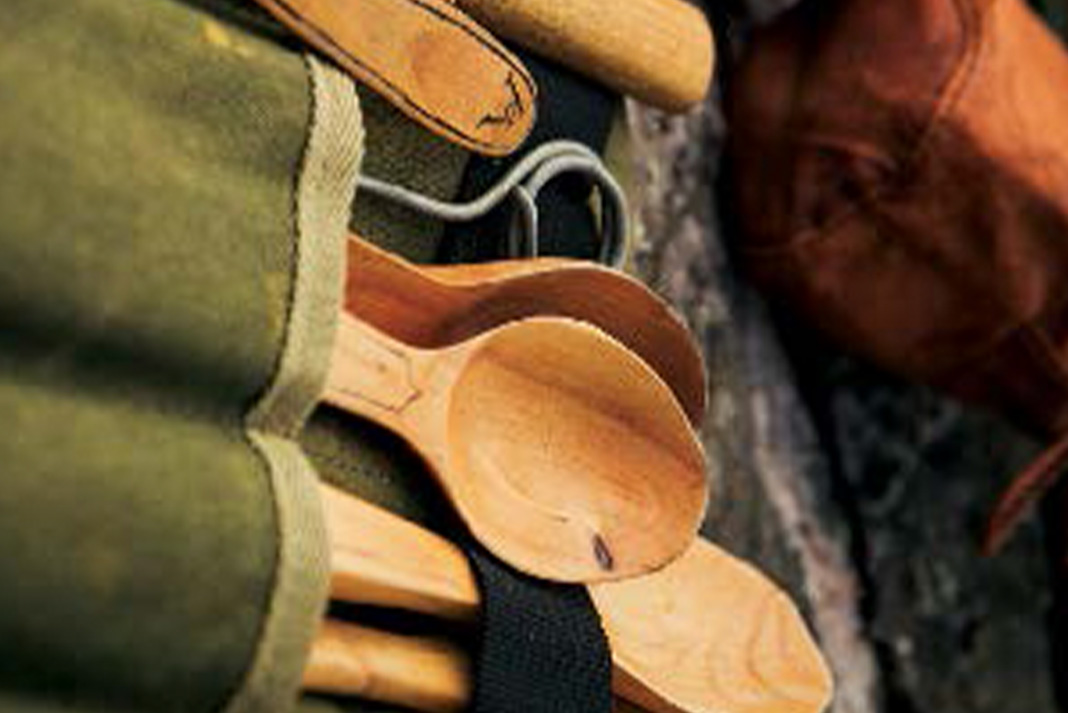
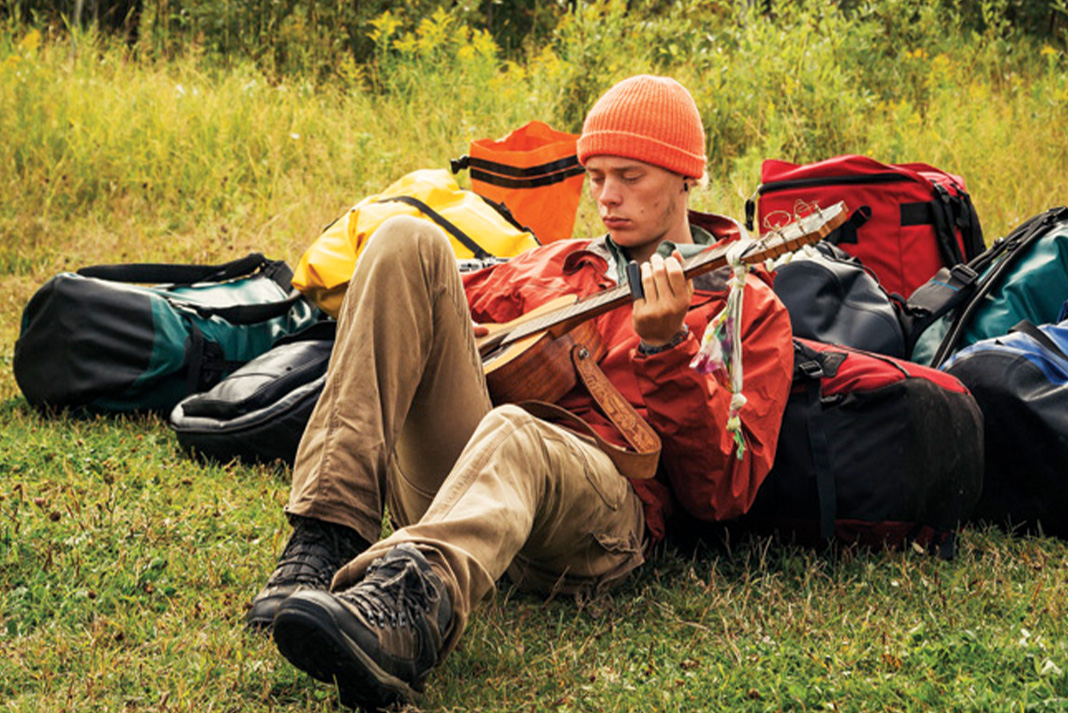
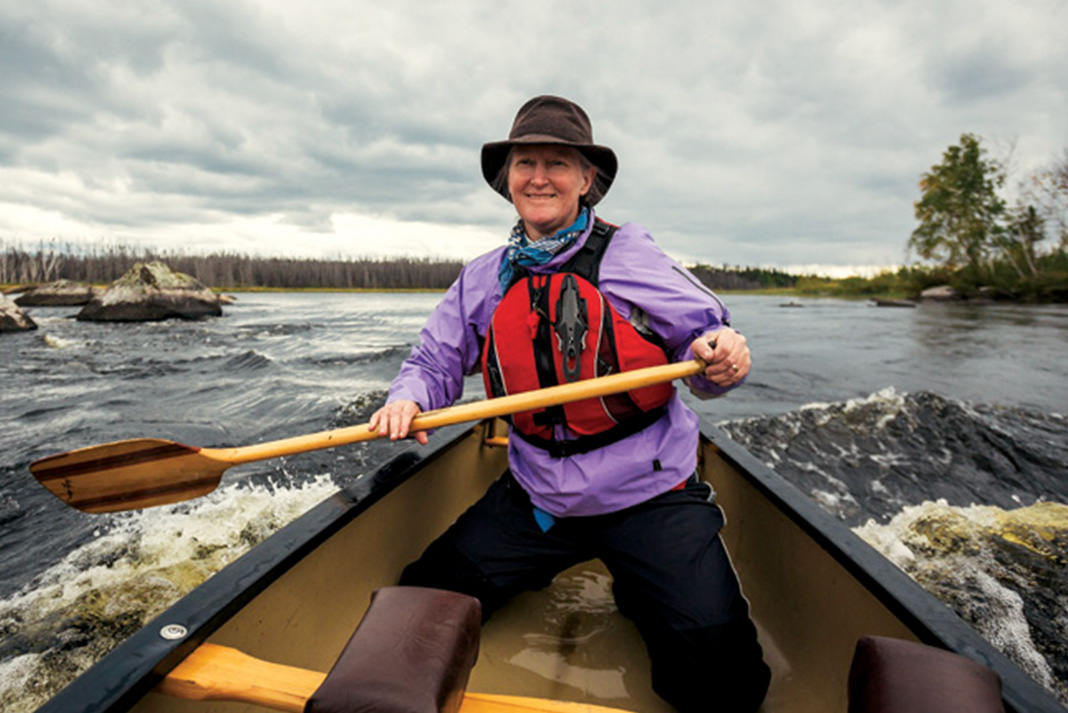
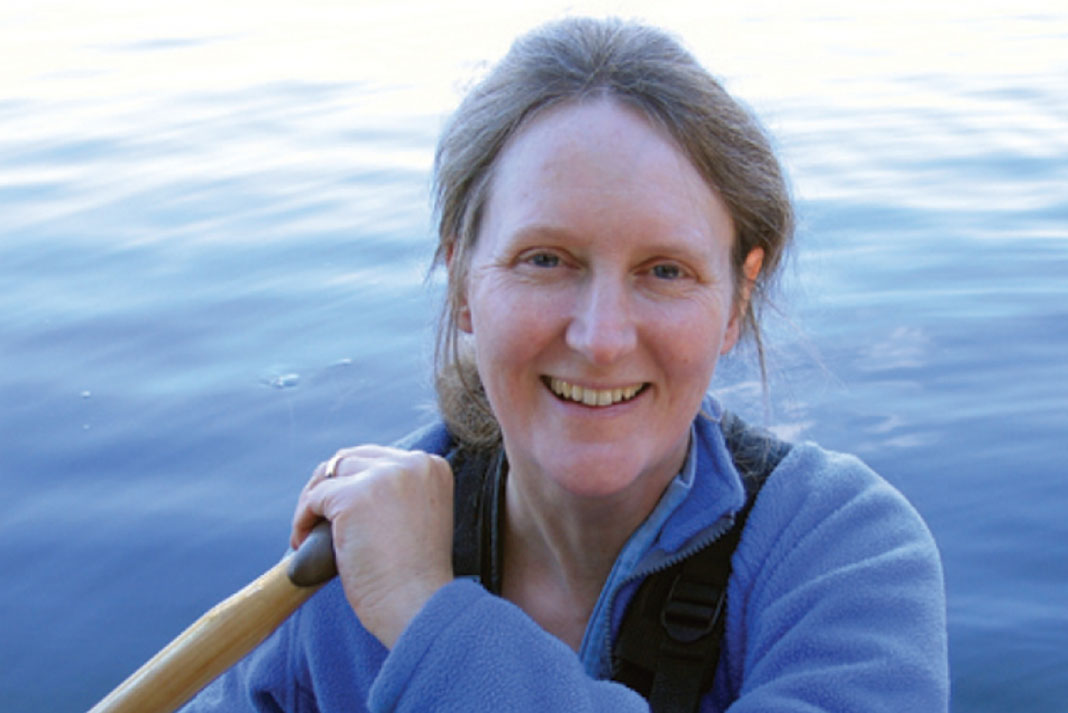
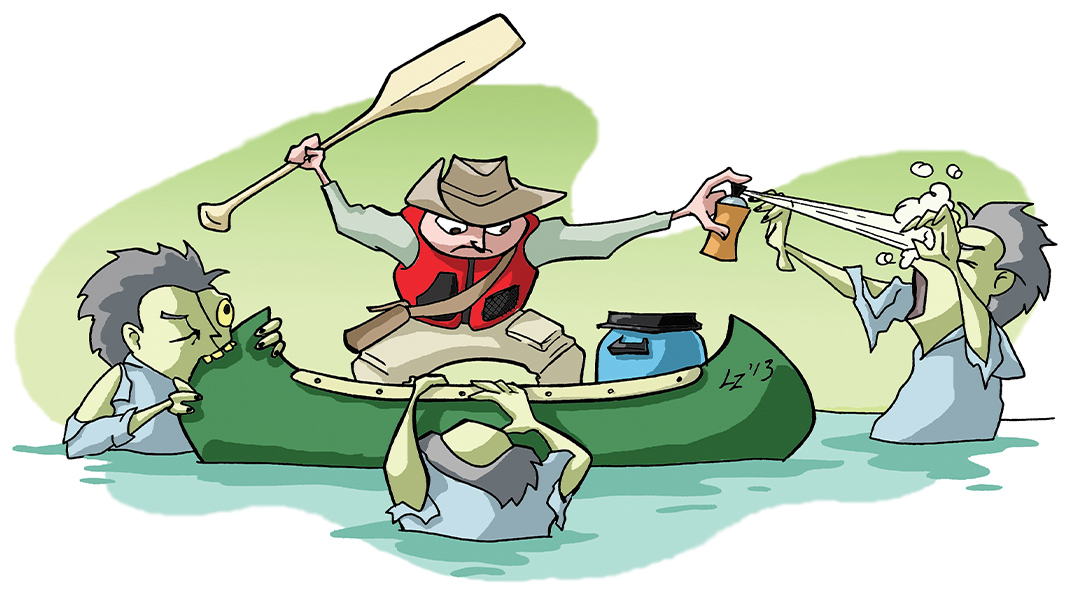
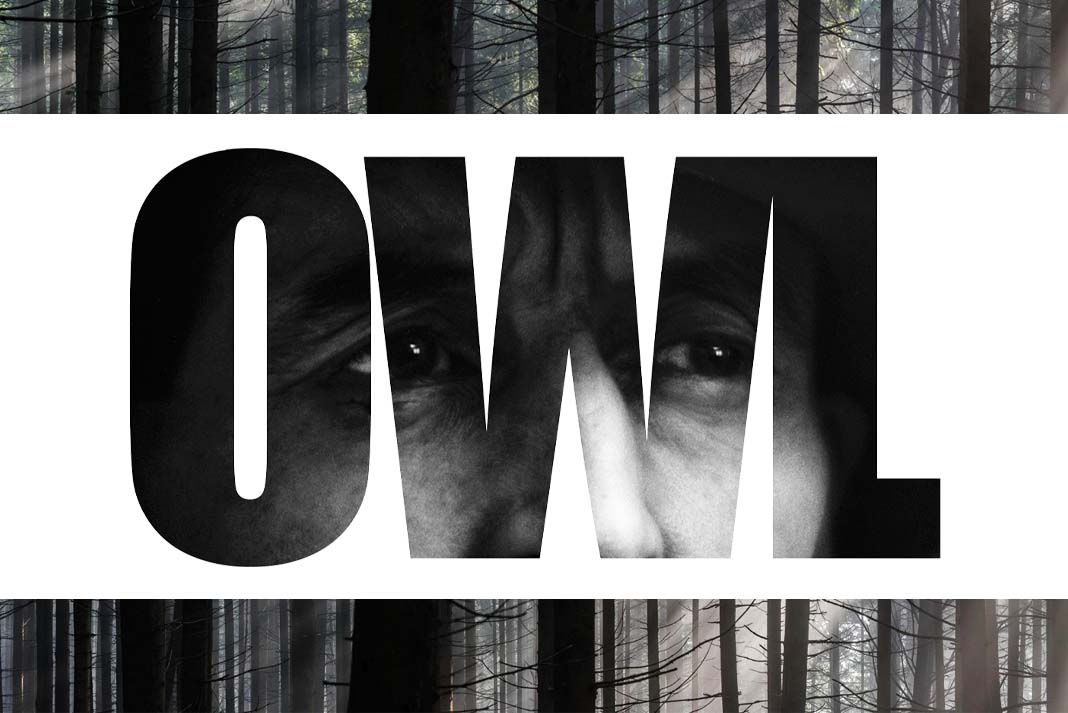

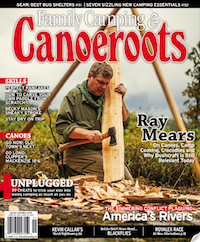 This article was first published in the Spring 2015 issue of Canoeroots Magazine.
This article was first published in the Spring 2015 issue of Canoeroots Magazine. 

